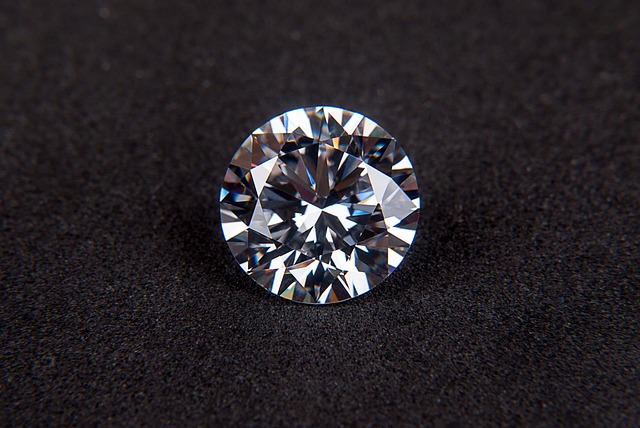It’s a niche insurance coverage that many insurers perceive as carrying too much risk – but that doesn’t take away the need to provide coverage.
And with industry experience and expertise that risk becomes manageable – and it also becomes profitable.
Gary Hirst, president and CEO of
CHES Special Risk, an MGA, said his insurance offering for jewellers, furriers (fur manufacturers), and pawnbrokers has had great take-up from the targeted industries.
“The reason why we’re selling jewellers, furriers, and pawnbrokers block is because there’s no-one else out there offering brokers or the jewellery stores insurance for their risks. Basically it’s difficult and there is not a great deal of brokers or insurance markets out there with experience to offer it.”
Search and compare insurance product listings for Jewellers from specialty market providers here
Hirst, however, used to underwrite jewellery risk as an underwriter for Lloyd’s in the London market. Continuing this for his MGA in Canada just made sense, he said.
Many markets shy away from offering insurance for these industries because of the “moral hazard”. But you can work around that difficulty, if you know who you’re working with, Hirst said.
“The problem with it is a perception with the insurance companies that’s there’s a huge moral hazard – which, theoretically, there is,” he explained. “The concern is that insureds will be making claims for things that perhaps are not true – for example claiming for a diamond ring they didn’t have, or making out that a diamond ring was worth more than it actually was.”
Technology nowadays, however, means it’s easier to know exactly what was held by an insured, without having to just take their word for it. Plus, once you know the markets, Hirst said, you know “who the good guys are and who are the bad guys.”
Standard commercial policies don’t sufficiently cover jewellers, for example, for their gems and “the risk that’s in the safe,” he said. “And as a result, we found that a lot of insureds are inappropriately insured.”
This is perhaps why CHES has an incredibly high customer acquisition rate in these industries.
“We’re finding that our hit-ratio on quotes to bind are in excess of 90%, which is very, very high. And that’s not because we’re cheap – it’s because we’re offering a far better cover than they’ve got,” he said.
“It’s a bespoke coverage, really. We’re giving them a proper solution, and it achieves more income for us, because we’re seen as an expert in it.”
In terms of claims activity in this space, since CHES began offering the product in 2004 it has stemmed largely from two major threats, Hirst said.
One is water damage – which is of particular harm to pawnbrokers’ electronics goods and to furriers’ fur goods.
The other threat, for jewellers, is what he has called “the switch”, whereby thieves will visit a jeweller and ask to see a gold chain or diamond, for example, and switch the original product for a fake when they return it to the display case. One claim, he said, was for a four-carat diamond “switched” for a glass replica.
Related stories:
Insuring against Valentine’s Day disasters
Missing ring claim backfires with FB pics


